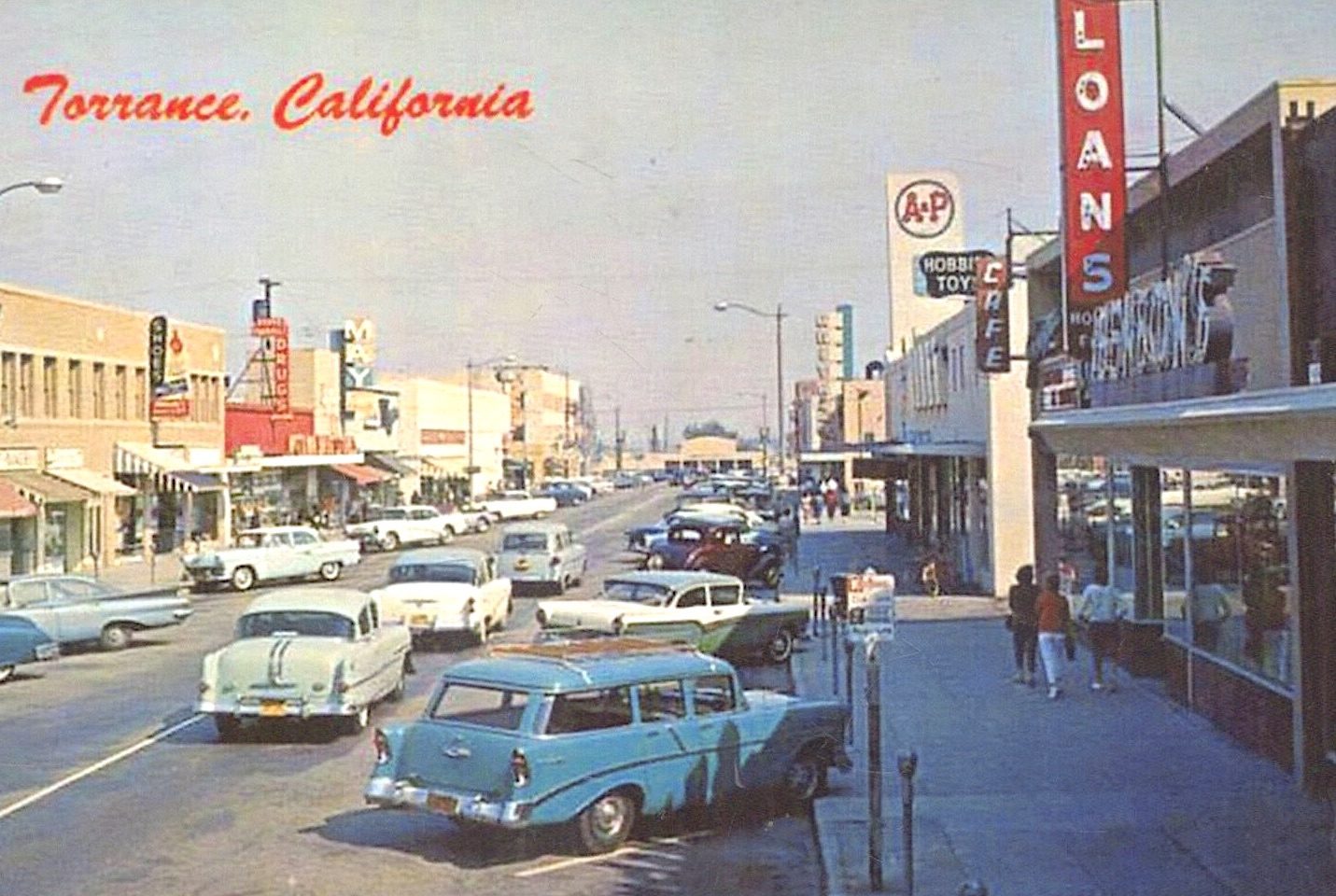
Real estate developer Jared Sidney Torrance had a lot on his plate as he prepared to establish the city of Torrance in 1911. After his initial purchase of $3,500 acres of land from the Dominguez family, he needed to provide something, and fast, that both prospective residents and the large companies he hoped to attract to the new city couldn’t survive without: water.
Initially, the city hooked itself up to the Dominguez Water Company, which had formed in February 1911 as a division of the Dominguez Estate Co. The company was created not just to provide water to Torrance, but to all the communities and agricultural operations in the Rancho San Pedro area.

Dominguez Water began drilling water wells near Carson St. and Alameda Ave. in present-day Carson, just south of Dominguez Hill, and established Its main pumping plant there. The drilling operation was implemented under the supervision of William Mulholland, the chief engineer of the city of Los Angeles.
In addition to being the namesake for Mulholland Drive, he’s renowned for the Owens Valley water project that brought water from central California to Los Angeles, as anyone who’s seen the fictionalized version of him in the film “Chinatown” can tell you.
In order to bring its water to Torrance, Dominguez Water installed an eight-mile-long pipeline from its wells to the new city, and built a second reservoir. Miles of feeder lines from the main pipeline went out to homes and businesses. The private Torrance Light, Power & Water Co. was formed to manage the distribution of the water to customers.
Various problems beset Dominguez Water in those early years. A major flood in February 1914 swamped the main pumping plant. A June 1924 Torrance Herald story detailed plans to eliminate the odor problems with the city’s water, which arose from years of vegetation growing inside the supply pipes.

These and other problems led to higher rates for its customers, who were becoming increasingly exasperated by the late 1920s. At a key election held on Sept. 25, 1930, the citizens of Torrance voted overwhelmingly to call for a $400,000 bond issue that would allow for the city to set up its own water system.
In addition, the vote cleared the way for the city to join a cooperative venture that eventually would bring water from the Colorado River to Southern California.

The venture, the Metropolitan Water District (MWD), became a reality in February 1931, and Torrance was one of the original 13 cities to join it. Its Colorado River Project took most of the 1930s to build. Torrance didn’t start receiving water from the MWD arrangement until 1941.
The city’s process of taking over management of its water operations was a gradual one. Another bond issue passed in July 1934 established Torrance Municipal Water District #1, and the city took over the operation of the Torrance Light, Power & Water Co. later that year. Dominguez continued to supply the water, while the new city department administered its distribution.
The Dominguez Water Co. took another hit when the 1933 Long Beach earthquake damaged much of its pumping equipment. By 1935, the company was facing insolvency. Its assets were sold back to the Dominguez Estate Co. in a corporate reorganization that stabilized it.

In 1936, Torrance fulfilled the wishes of its voters by forming its own Municipal Water Department, which took over some parts of the Dominguez Water operation in the city.
The city erected a new headquarters building, and began upgrading the water system. The newly revamped municipal water plant could produce 4 million gallons of water daily from its two wells. In addition, its engineers saw to the installation of the first chlorination system on the West Coast, which helped keep the water pure.
As the city grew, its water needs shifted overwhelmingly from mostly agricultural customers to industrial and residential ones. The city’s post-World War II population explosion – it grew from 22,000 residents in 1950 to more than 100,000 in 1960 – meant much greater capacity needed to be added to its water system.

In addition to hundreds of miles of new pipe, more reservoirs, tanks, and systems improvements had to be added. By the late 1950s, fresh water from local wells had become depleted and increasingly infused with salt water from the ocean creeping into the aquifers. This led to greater dependence on water from the Colorado River Project obtained through the MWD.
In the 1960s, the California State Water Project began the process of bringing more water to Southern California from a variety of sites in northern and central California via the California Aqueduct to supplement Colorado River water.
Now, several decades later, there is grave concern that the Colorado River water supply is drying up. In recent years, Torrance water officials have sought to lessen the city’s dependence on water from the MWD by expanding the capacity of its groundwater desalting equipment.

The desalter, provided by the Water Replenishment District of Southern California, will purify the salt-infused water that lies untapped in the South Bay’s Silverado Aquifer. About 90 percent of the city’s water still comes from the MWD, with the remainder coming from local groundwater sources.
The Torrance Municipal Water Department is headquartered at 20500 Madrona Ave., behind the gates in the city’s maintenance yard area. According to its web page, the department provides water service to 78 percent of the city’s residents and businesses.
Three other providers cover the needs of the remainder of the city: the MWD, the California Water Service and the Water Replenishment District.

Sources:
“The California Water System,” California Dept. of Water Resources website.
City of Torrance CA Government Facebook page.
Daily Breeze archives.
Historic Torrance: A Pictorial History of Torrance, California, by Dennis F. Shanahan and Charles Elliott, Jr., Legends Press, 1984.
History of Torrance: A Teacher’s Resource Guide, Torrance Unified School District, 1964.
Los Angeles Times archives.
Torrance Press-Herald archives.
Washington Post archives.
“Water Services,” City of Torrance website.

